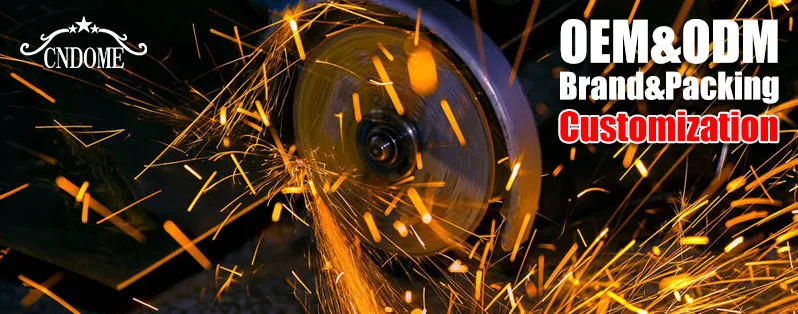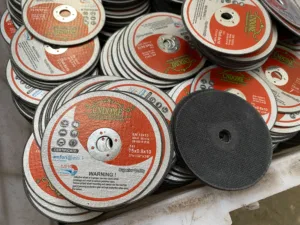Grinding wheels are the unsung heroes of precision machining, working tirelessly to shape and finish a myriad of materials with utmost accuracy. Behind their seemingly simple appearance lies a complex world of specifications that determine their performance and suitability for various applications. In this blog post, we’ll delve into the intricacies of how grinding wheels Specifications, unraveling the mystery behind the numbers and codes.
Abrasive Material:
The choice of abrasive material is fundamental to the grinding wheel‘s effectiveness. Common abrasives include aluminum oxide, silicon carbide, and diamond. Each abrasive has unique properties, making it suitable for specific applications. For example, aluminum oxide is versatile and works well for general-purpose grinding, while diamond abrasives are preferred for cutting hard materials.
Grit Size:
Grain size refers to the size of the abrasive particles within the grinding wheel. It is denoted by a number, such as 36 or 80. Smaller numbers indicate larger abrasive particles, resulting in a coarser finish, whereas larger numbers represent finer grains for smoother finishes. Selecting the appropriate grain size depends on the material being worked on and the desired surface finish.
Wheel Grade:
The wheel grade indicates the hardness of the bond holding the abrasive grains together. The grades range from A to Z, with A being softer and Z harder. Softer grades are suitable for grinding hard materials, as they allow the abrasive grains to fracture more easily, exposing new cutting edges. Harder grades are preferred for softer materials to resist wear.
Structure:
The structure of a grinding wheel refers to the arrangement of the abrasive grains and the bond. It is classified as open, dense, or normal. An open structure allows for more chip clearance, making it suitable for softer materials, while a dense structure provides more support for the grains, making it ideal for harder materials.
Bond Type:
The bond is the material that holds the abrasive grains together. Common bond types include vitrified, resinoid, and metal. Vitrified bonds are rigid and offer excellent heat resistance, making them suitable for high-speed grinding. Resinoid bonds are flexible and well-suited for precision grinding, while metal bonds are durable and often used for grinding hard materials.
Wheel Shapes and Sizes:
Grinding wheels come in various shapes and sizes, each designed for specific applications. Common shapes include straight, cup, and dish, while sizes are specified by diameter, thickness, and hole size. Choosing the right wheel shape and size ensures optimal performance and safety during grinding operations.
Maximum Operating Speed:
Every grinding wheel has a maximum safe operating speed, expressed in revolutions per minute (RPM). Exceeding this speed can result in wheel breakage and pose a serious safety hazard. It is crucial to match the wheel’s maximum speed with the operating speed of the grinding machine.
Manufacturer’s Symbol:
Look for markings provided by the manufacturer, including information about the wheel’s specifications, such as abrasive type, grit size, and operating speed. Understanding these markings is essential for proper wheel selection and usage.
Conclusion:
In the world of precision machining, understanding how grinding wheels Specifications is paramount to achieving optimal results. The intricate interplay of abrasive material, grit size, grade, structure, bond type, and other specifications determines the wheel’s performance characteristics. As we demystify these specifications, we gain a deeper appreciation for the craftsmanship behind these essential tools, ensuring that they can meet the challenges of shaping our world with precision and efficiency.



